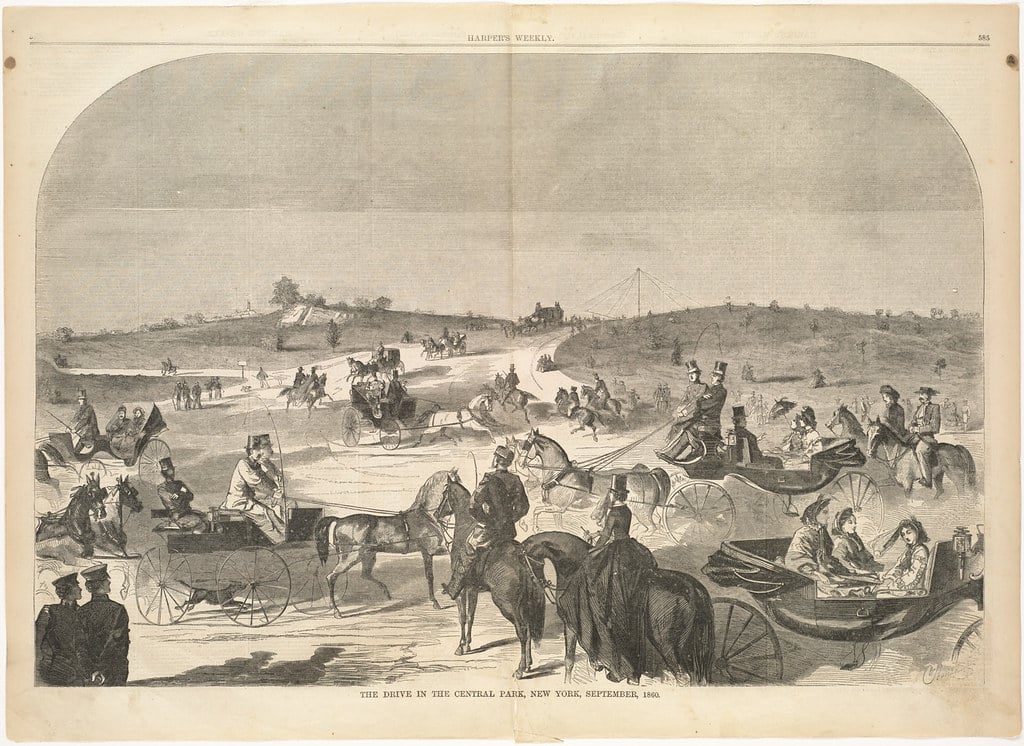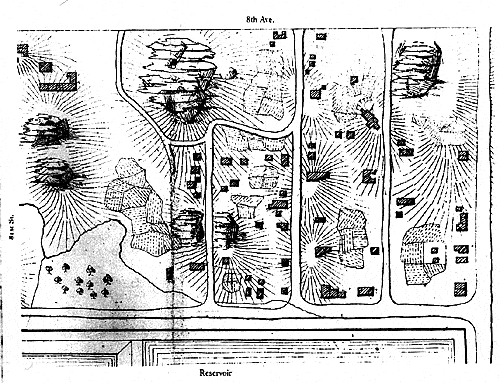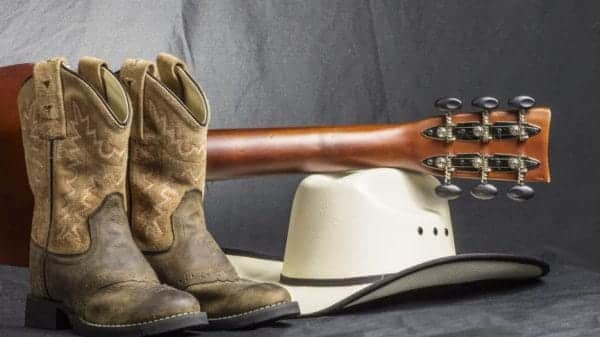Central Park is a well-known landmark in one of the most recognized cities in the United States and the world, but do you know it’s history?
This well-known park was once home to one of New York’s first free black settlements. In 1825, the land was divided and sold off as 200 lots by landowners John and Elizabeth Whitehead. Andrew Williams, a 25-year-old African American shoeshiner, purchased the first three slots for $125 along with store clerk Epiphany Davis who bought 12 lots for $578. The historically black church known as The African Methodist Zion Church bought six slots.
Between 1825 and 1832 the community expanded and became a new home full of promise to many African Americans because the Whiteheads, unlike many 19th century white landowners, decided to sell their land to African Americans at an affordable price.
Before we called it Central Park, approximately 5 acres of this stretch of land was known as Seneca Village and it played an important role in the abolishment of slavery in 1827 by providing homes for newly freed slaves.
However, just because slavery was abolished didn’t mean that all African Americans became free at the time. New York’s close affiliation with the south allowed for continued widespread discrimination and disparities.
In fact, slave owners who moved to New York were entitled to bring slaves with them as “property” until 1841.
Free African Americans had little opportunities and were often forced to work low wage jobs and live as renters in the poor neighborhoods of Lower Manhattan and Brooklyn.
Seneca Village provided an alternative to these conditions and the conditions of the infamous Five Point District which had been described by American Novelist Charles Dickens as a place of “poverty, wretchedness and vice.”
Most residents in Seneca lived in two-story homes with some evidence of gardens and barns. It’s believed some residence owned their own livestock and had access to quality drinking water. They were also able to take advantage of the abundance of natural resources the once rural area provided them.
By the 1830s there were about 10 homes in Seneca Village and by the mid-1850s there were 50 homes, three churches, a cemetery and one of the very few schools available for African American children. At its peak, the community had 264 residents.
It was around this time that white German and Irish immigrants who were also facing discrimination and marginalization in the city began to move into Seneca. Although tensions were high, there is evidence to suggest that Seneca was a harmonious community. There exists records of interracial marriages and white and black citizens attending church services and gatherings together.
Trouble befell the future of Seneca in the 1840s when members of the city’s elite desired a park to be built in Manhattan in the likeness of the expansive, fashionable public parks in Europe. The plan was backed by powerful, influential men like New York Evening Post editor William Cullen Bryant and famed landscape designer Andrew Jackson Downing.
Contemporary newspapers began to discredit the land and paint it as an impoverished, disease-ridden ‘wasteland,’ and the residents as ‘squatters’ and ‘blood-suckers.’
Because of this, the public had decided that Central Park’s creation was absolutely necessary and called for the destruction of the “shanty town” known as Seneca Village. Residents were forced out by 1957 through a process called “eminent domain,” which meant that property owners were given compensation for their property’s value but according to historians some letter’s from residents reported receiving compensation that was too low.
According to newspaper reports, there were many conflicts with the police as dozens upon dozens of families were forced to leave their homes. One report in the New York Daily Times read,
“The policemen find it difficult to persuade them out of the idea which has possessed their simple minds that the sole object of the authorities in making the park is to procure their expulsion from the homes which they occupy.“
In the end, the fight for Seneca was lost and we can only imagine the indescribable heartbreak and loss felt by the community that were cruelly expelled from their homes and forced to watch the houses they built and raised their children in crumble and turn into recreational parkland.

Historians were able to trace what became of Andrew Williams and his family after this devastating event. He was one of the first to protest the destruction of Seneca. In the end, he was given a mere $2,335 dollars for his property which was worth $4,000 in 1856. That same year he purchased land in Newtown.
Researchers traced his descendants to present day with the men of the family continuing to inherit the name of the Seneca Village patriarch Andrew Williams and the women given names that begin with ‘A’ to pay homage to their ancestor who was there at Seneca’s beginning and end.
His descendant, Ariel Williams, conducted extensive research into her family history and made the following comment about what became of Andrew after Seneca:
“With this new land, he was really able to invest in Andrew Williams II’s education. He was the first one that was able to read and write, and invest in other things as well and continue to be a property owner.”
Check out more on the Black Lives Matter Movement here: Black Lives Matter Mural in Washington DC Can Be Seen From Space
















